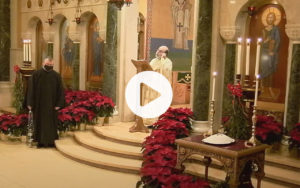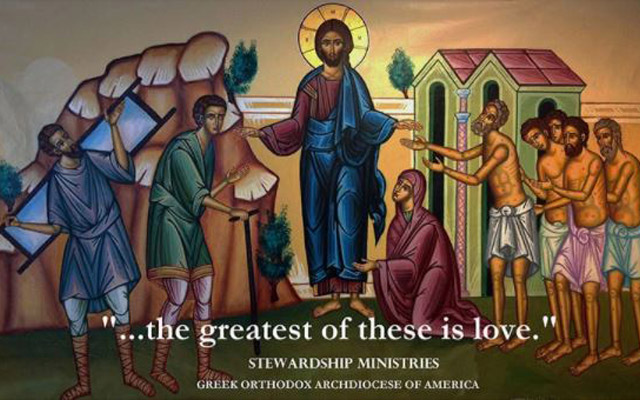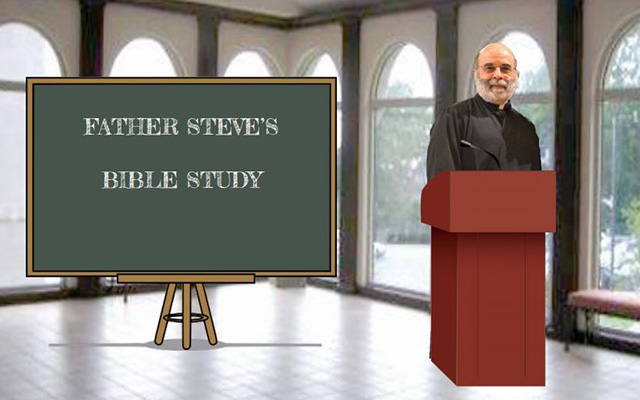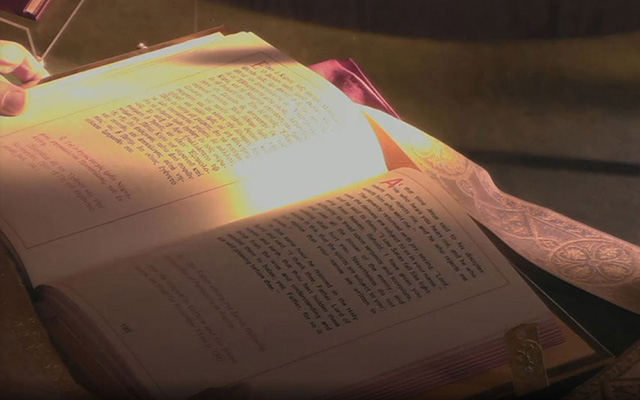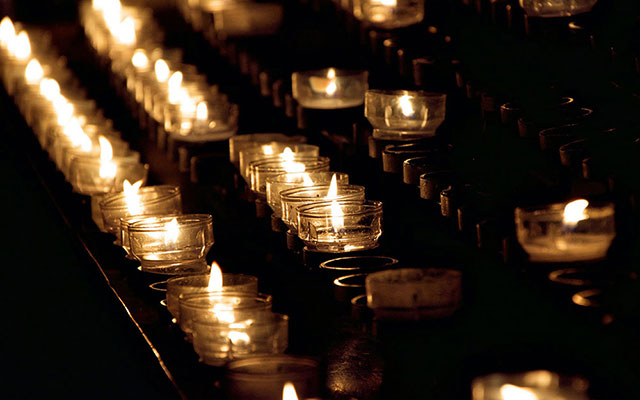The Cell, Meeting God and Ourselves (Part II)
During the Roman imperial persecutions of Christianity martyrdom was esteemed as the highest offering of one’s self to God. Martyrdom in blood, red martyrdom, was the most esteemed path toward sainthood. When the persecutions ended a new path to heaven led, for many, to the desert and a life of self-denial, white martyrdom. As we have seen, the first step was withdrawal, anachoresis. This was accompanied by xeniteia, or “indifference toward worldly values,” through non-attachment


